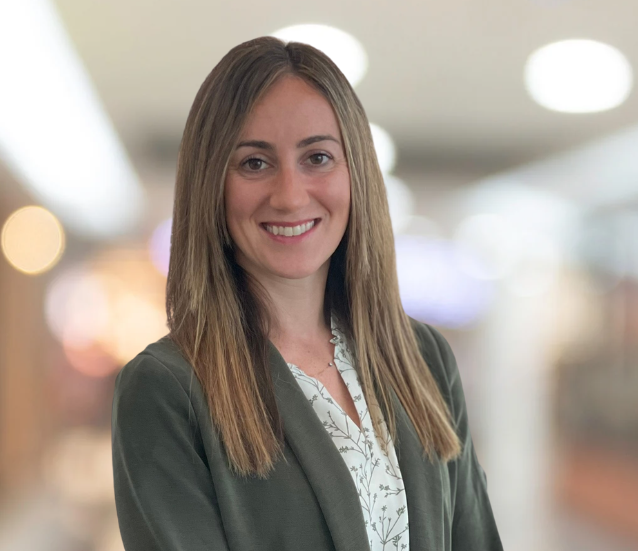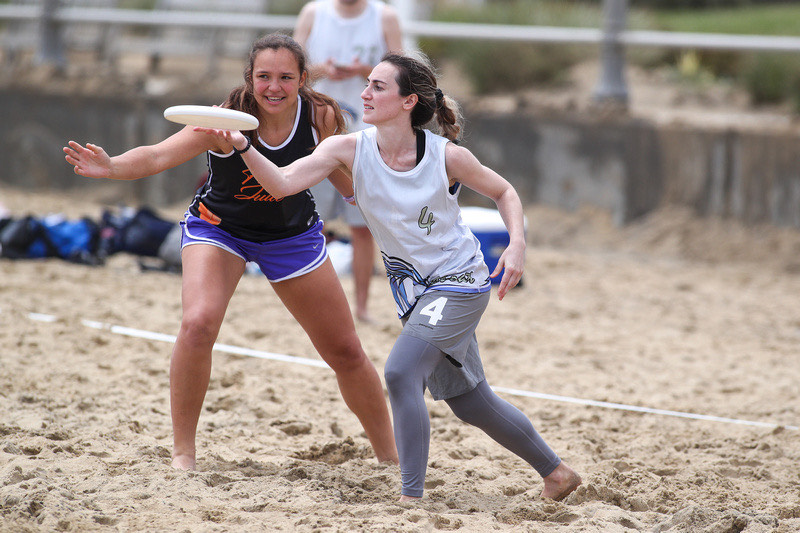Resilience in Medicine: How Dr. Andriana Tompary’s Diagnosis Shapes Her Life and Her Practice
Published June 03, 2025
Patient Perspectives

For Andriana “Andi” Tompary, DO, the world of neuromuscular (NM) medicine is more than just a professional calling—it’s personal. As a physiatrist specializing in NM disorders, she not only treats patients with conditions like myasthenia gravis (MG) but also lives with MG herself. Her journey from patient to physician is one of resilience, advocacy, and a deep, personal understanding of the challenges faced by those with NM diseases.
Growing up in Vernon Hills, Illinois, Dr. Tompary was active and deeply involved in gymnastics and horseback riding. But at 16, she began noticing unusual symptoms—her left eyelid drooped, her vision doubled, and her strength faded. After years of participating in physical activities, she suddenly struggled to lift her schoolbooks or perform basic fitness tests. Assuming it was the result of an accidental fall from a horse, she and her family sought medical treatment.
After nearly 8 months without a diagnosis, her mother, a pharmacist with a strong medical background, advocated relentlessly for answers until she was referred to David Randall, DO, a neurology specialist. Through electrodiagnostic and antibody testing, they finally had answers. Dr. Tompary had myasthenia gravis (MG)—an autoimmune disease where the body's immune system disrupts communication between nerves and muscles, causing weakness and fatigue.

Dr. Tompary’s experience as a patient fueled her passion for medicine. Studying NM diseases while living with one herself gave her a unique perspective—one that continues to shape her approach as a physician. Not only did she have background knowledge of the NM junction from her personal experience, but she was also able to learn how to apply her knowledge of the condition from a medical perspective to care for herself and others.
She understands the frustration of diagnostic delays, the uncertainty of flare-ups, and the mental resilience required to live with a chronic illness. “In medical school and residency, I saw patients [with MG] who were far more affected than me. It put things into perspective,” she says. She realized how fortunate she had been and how much more work needed to be done in research and patient care. “My experience as both a patient and a physician has reinforced the need for continued research, better access to care, and more awareness about neuromuscular diseases,” she says.
This drive led her to participate in research, which she would go on to present at the 2024 AANEM Annual Meeting, titled “Real-Life Experience Using Efgartigmod in Myasthenia Gravis Patients: Alternative Frequency of Administration Based on Individual Patient Response.” It was an exciting and rewarding moment—she was actively contributing to the advancements that could improve care for herself and countless others. “Witnessing advancements in neuromuscular medicine firsthand gives me hope,” says Dr. Tompary. She goes on to say, “Scientific research in neuromuscular and musculoskeletal diseases, including MG, is critical because it drives improvements in diagnosis, treatment, and overall patient care.”
Pushing through life’s challenges and into outstanding achievements, Dr. Tompary credits her mother, her biggest advocate, who always pushed for answers. “Looking back, I realize just how much she fought for me and my health,” says Dr. Tompary, who, after losing her mother unexpectedly in 2023 to cholangiocarcinoma, a rare bile duct cancer, says she carries her mother’s strength, determination, and love in everything that she does.
She also credits her husband, Jonathan, who stood by her through the grief and uncertainty. "He's been my constant - from the early days of MG to the toughest chapters of adulthood,” she says. Dr. Tompary shares her story to inspire others with MG, showing them they are not alone and that their condition doesn't define their potential. She adds, "you can't always control what happens to you, but you can control how you respond."
You can’t always control what happens to you, but you can control how you respond.”
To find out how you can contribute and make a lasting impact on the lives of those living with NM diseases, visit the ANF donation page.
